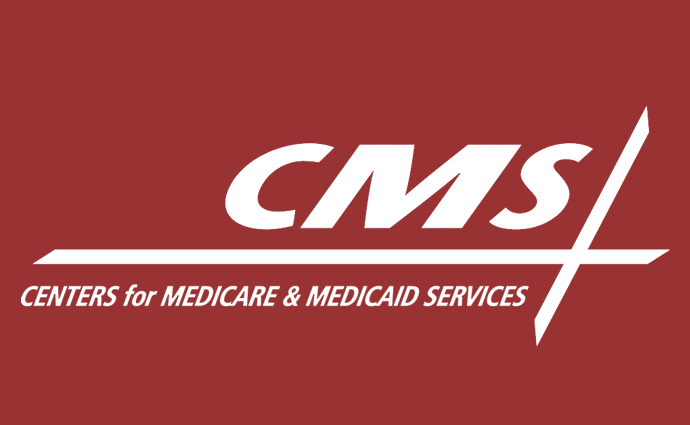CMS Proposes New Grouping Model for Medicare Home Health Payments
The proposed rule would also boost Medicare home health payments by $400 million and allow home health agencies to include remote monitoring costs as allowable costs.

Source: Xtelligent Media
- CMS recently proposed a rule that would implement the Patient-Driven Groupings Model for Medicare home health payments by 2020.
The rule would eliminate the current Medicare reimbursement system for home health agencies, which pays home health providers for 60-day care episodes. The payments are currently based on the number of therapy visits a patient receives.
In its place, CMS would use the Patient-Driven Groups Model, which relies on patient needs, rather than therapy thresholds, to determine Medicare reimbursement for home health services.
The federal agency would determine payments using clinical characteristics and other patient information. Using patient characteristics, CMS would assign patients to a payment category that is “more consistent with how home health clinicians differentiate between home health patients in order to provide needed services.”
The Patient-Driven Groups Model would also cut the number of days in a care episode in half, reducing care episodes to 30 days.
“The redesign of the home health payment system encourages value over volume and removes incentives to provide unnecessary care,” CMS Administrator Seema Verma explained in the rule’s announcement.
The therapy thresholds used in the current Home Health Prospective Payment System promote volume over value, the federal agency elaborated. And the current Medicare reimbursement model fails to recognize that patient needs are different, with some patients having complex needs that do not involve a higher threshold of therapy.
“The proposed Patient-Driven Groupings Model, or PDGM, removes the current incentive to overprovide therapy, and instead, is designed to reflect our focus on relying more heavily on clinical characteristics and other patient information to allow payments to more closely coincide with patients’ needs,” CMS wrote.
If finalized, the rule would implement the new Medicare reimbursement model for home health agencies in a budget-neutral manner on Jan. 1, 2020.
The proposed rule released by CMS also contained changes to foster innovation in the home health space. First, the federal agency proposed to allow the cost of remote patient monitoring to be reported by home health agencies as allowable costs on the Medicare cost report form.
“Studies note that remote patient monitoring has a positive impact on patients as it allows patients to share more live-time data with their providers and caregivers, which will lead to more tailored care and better health outcomes,” the federal agency wrote in an accompanying fact sheet on the proposed rule.
“CMS believes that by defining remote patient monitoring and including such costs as allowable costs on the HHA cost report could encourage more HHAs to adopt the technology.”
The proposed rule also included potential modifications to payments for home infusion therapy services. CMS proposed to implement temporary transitional payments for home infusion therapy services that would start on Jan. 1, 2019 and end the day prior to full implementation of the new home infusion therapy benefit.
The 21st Century Cures Act established a new and separate Medicare benefit category for home infusion therapy coverage, including related professional services for administering certain drugs and biologics through a durable medical infusion pump, training, and remote monitoring and monitoring services by Jan. 1, 2021.
CMS is seeking comments through the proposed rule on elements of the new home infusion therapy benefit category, as well as the standards for home infusion therapy suppliers and accrediting organizations.
Other notable changes to home health payments in the newly proposed rule include:
- Elimination of seven quality measures in the Home Health Quality Reporting Program (HH QRP) by 2022
- Information on accounting for social risk factors in the HH QRP
- Clarification that only a portion of Outcome and Assessment Information Set (OASIS) data would be used to determine if a home health agency satisfied the HH QRP reporting requirements
- Removal of two OASIS-based measures in the Home Health Value-Based Purchasing (HHVBP) Model
- Replacement of three OASIS-based measures with two proposed composite measures on total change in self-care and mobility in the HHVBP Model
- Modification to Total Performance Score calculations the HHVBP Model by changing the weighting methodology for the OASIS-based, claims-based, and HHCAHPS measures
- Rescoring of the maximum amount of improvement points in the HHVBP Model
Based on the proposed policies, CMS anticipates Medicare home health payments to increase by 2.1 percent, or $400 million, in 2018.
Home health agencies should also see a net savings of $60 million in annualized costs under the proposed Patient-Driven Groups Model and changes to the HH QRP. Each home health agency would see $5,150 in cost savings by 2020, CMS projected.
Stakeholders can comment on the proposed changes to the Medicare reimbursement system for home health agencies until August 31, 2018.
